Geometric design and dot LCD create a strong personality Nothing Phone (3) & Headphone (1) Unboxing & Appearance Photo Review
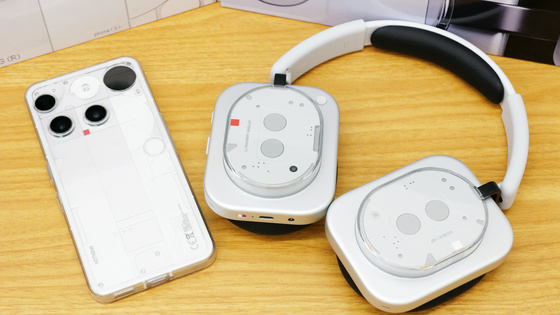
Nothing, a British device manufacturer with a strong commitment to design, released its flagship smartphone, the Phone (3) , and wireless noise-canceling headphones, the Headphone (1) , on August 28, 2025. I was able to borrow the actual devices, so I unpacked them and took a closer look at their appearance.
Phone (3) | Smartphone | Nothing | JP
Headphone (1) | Audio | Nothing | JP
https://jp.nothing.tech/products/headphone-1e
◆Phone (3) Unboxing Ceremony & Photo Review
The packaging for the Phone (3) features a picture of the top of the Phone (3). The model I borrowed this time was a white model with 12GB of RAM and 256GB of storage.
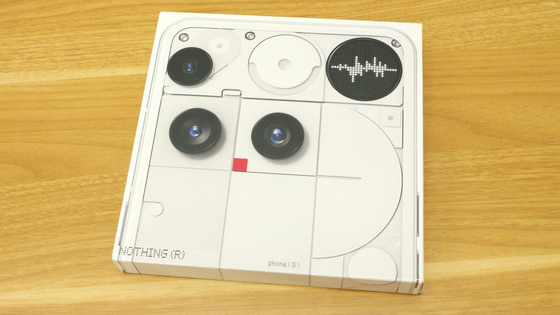
When you open the inner box, you'll see the device and a silicone case.
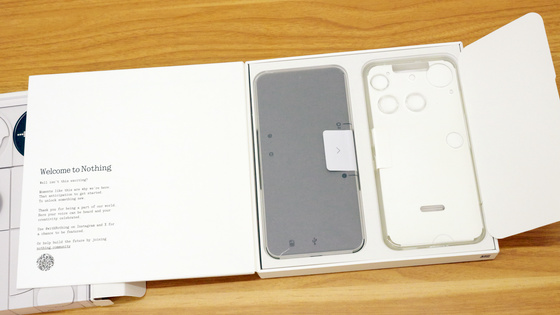
On the inside of the lid of the inner box was a message of thanks titled 'Welcome to Nothing.'
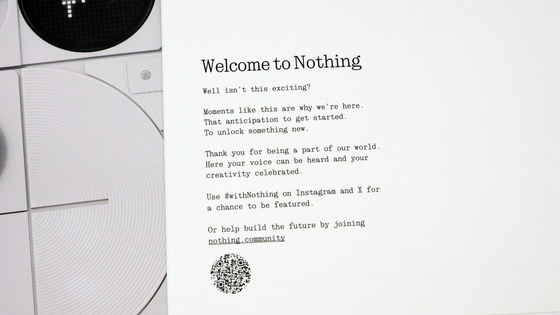
The contents include the Phone (3), a silicone Phone (3) Case, a 1m Nothing Cable (USB-C cable), a SIM tray removal tool, and 'Safety and Warranty Information.'
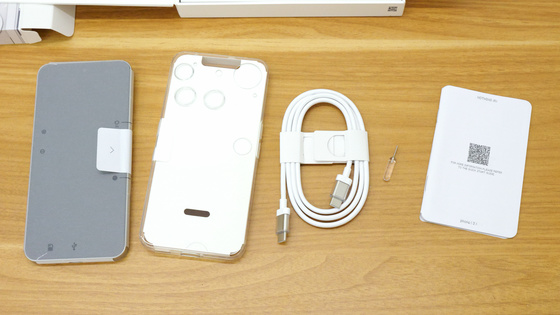
I tried to remove the packaging from the main unit.
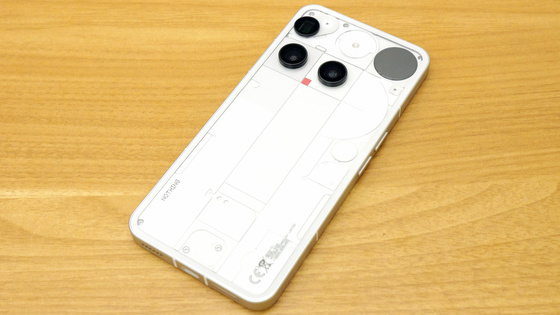
It features a geometric design made up of straight lines and circles. Although it looks like it has a mold, the back is actually covered with glass, so it feels smooth to the touch.
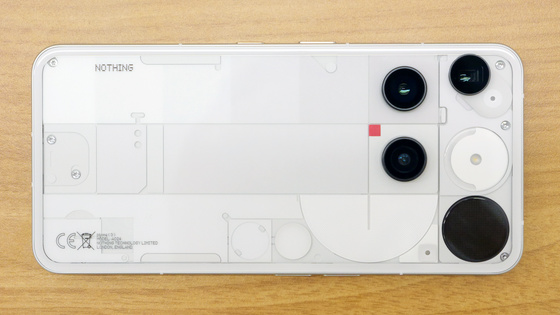
The dimensions are 160.60mm high x 75.59mm wide x 8.99mm thick. Below is a comparison of the size with the iPhone 15 Pro.
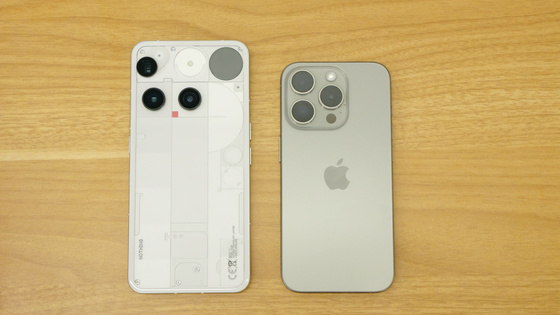
The actual weight was 219g.
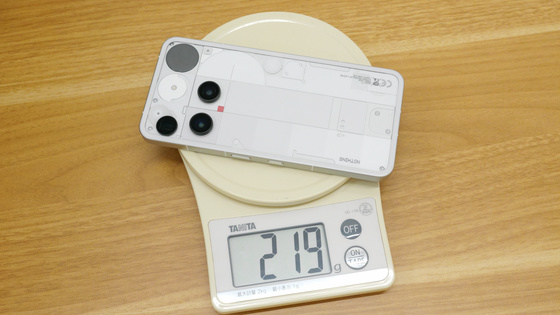
The top of the back houses the main camera, a 3x optical zoom telephoto camera, and an ultra-wide-angle camera, all of which have 50 megapixels. The top right corner houses a Glyph Matrix display using 489 micro LEDs.
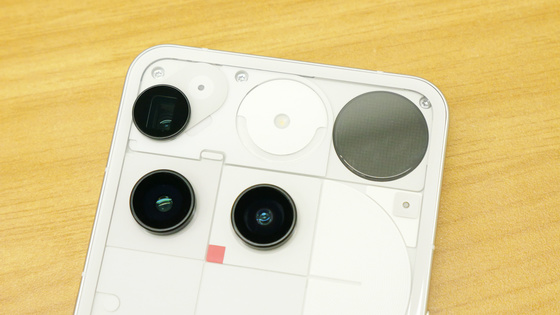
In the bottom right corner, the name of the Phone (3), the model number, and the company name of Nothing were written along with the CE mark.
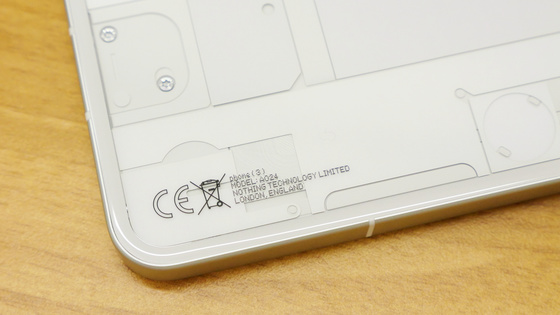
On the right side are the power button and the 'Essential Key' button.
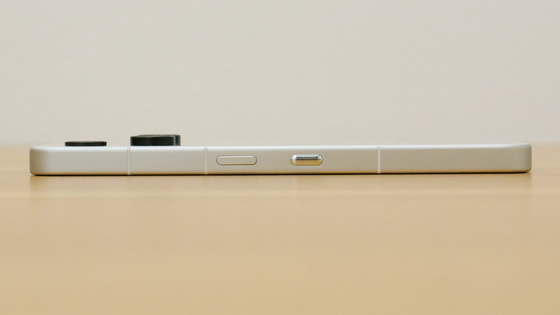
There is a volume control button on the left side.
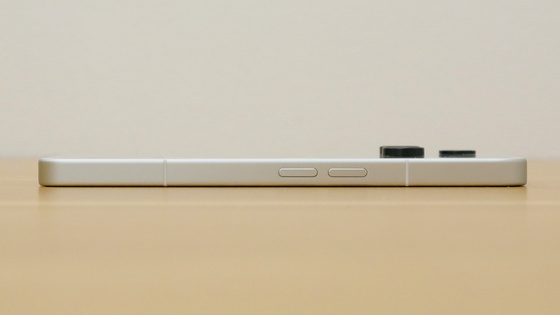
The top looks like this.
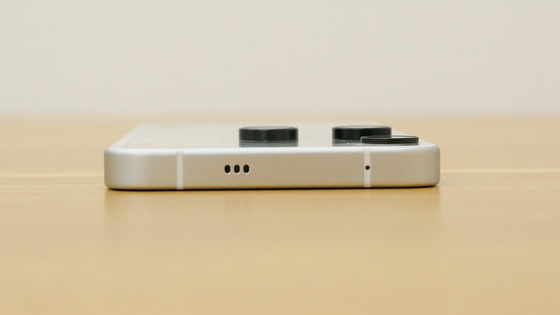
I was concerned about the protrusion of the camera part, so I measured it and found that the maximum height from the back of the camera was about 3mm.
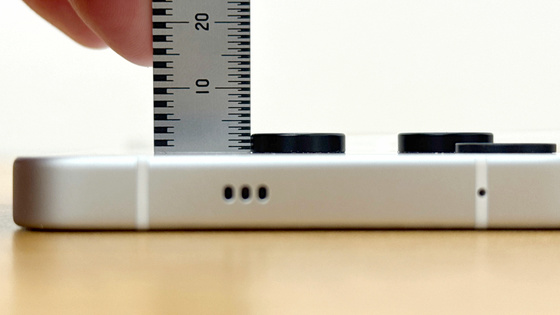
On the bottom are the speaker grille, USB-C port, and SIM tray.
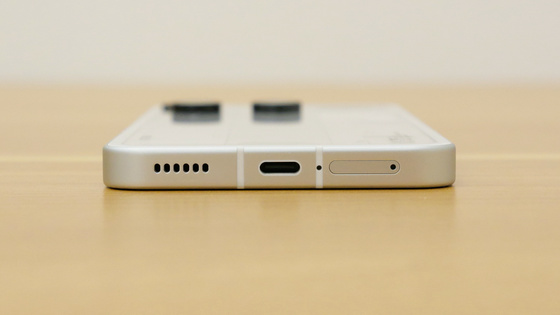
The front is a 6.67-inch flexible AMOLED display with a resolution of 1260 x 2800 pixels, a peak brightness of 4500 nits, and a refresh rate of up to 120Hz. The glass is Corning Gorilla Glass 7I, and a Phone (3) screen protector is already applied when unpacking.
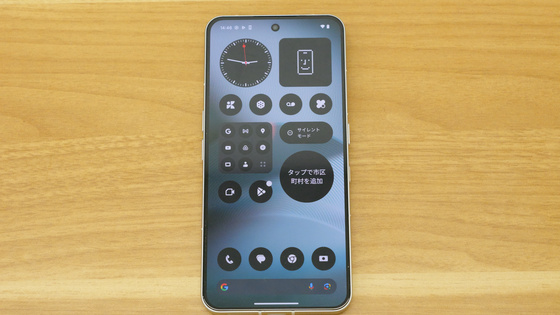
The actual bezel width is approximately 2mm, but the official width is 1.87mm.
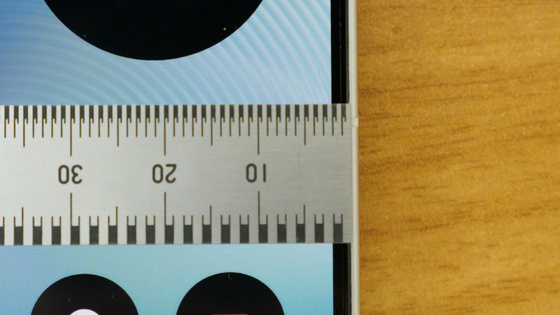
The Phone (3) Case is attached. The material is transparent, so the distinctive back design is visible. The Phone (3) Case is made of a silicone-like material, which makes it less slippery and improves grip compared to the bare case.
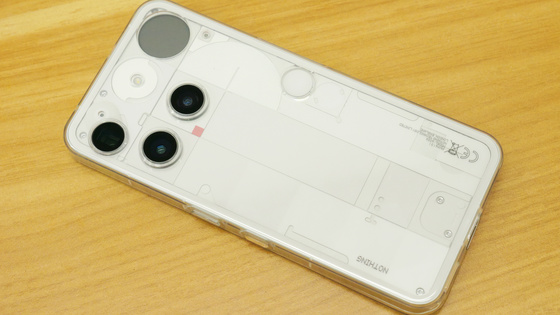
The protrusion of the camera part with the Phone (3) Case attached looks like this. Because it is not flush with the surrounding surface, when you place the phone on its back, the top part will be slightly raised even with the Phone (3) Case attached.
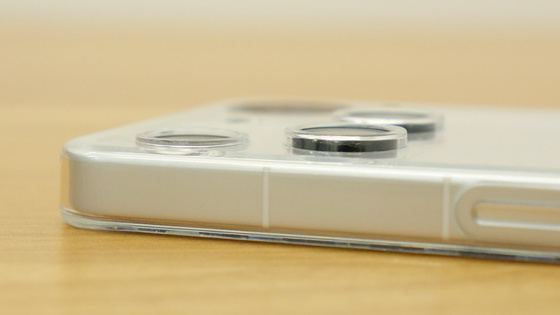
◆Headphone(1) unpacking & appearance check
The package for headphones (1) (right) is much larger than the package for phones (3).
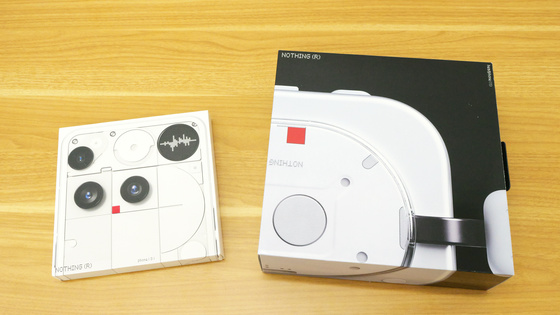
The inner box contained a soft shell case. The surface felt like felt, but the case itself was hard enough to withstand a certain amount of impact.

Included in the box is a user guide, safety and warranty information, a 3.5mm audio cable, and a Type-C cable.
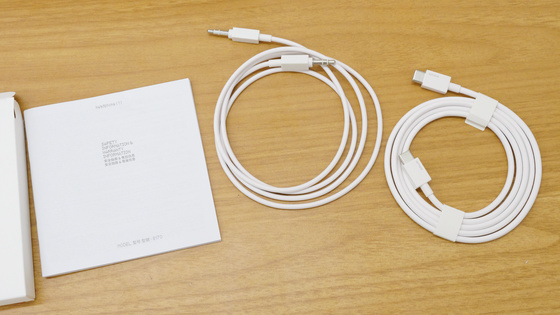
When you open the soft shell case, you will see the headphones (1).
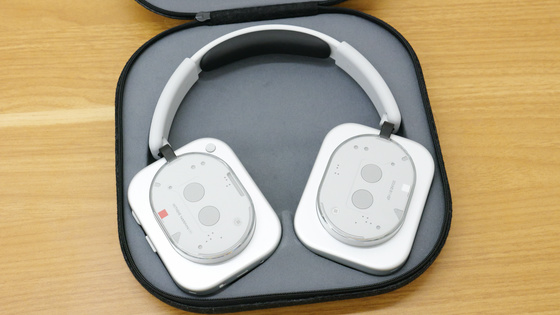
The actual weight was 327g.
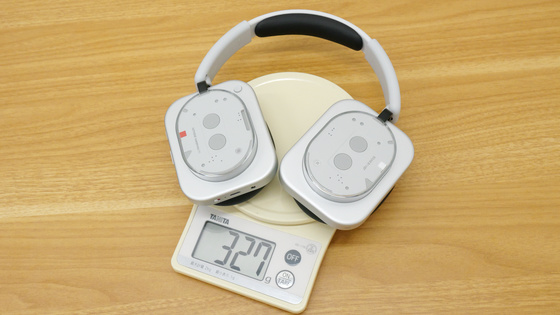
Twist the ear cups inward by about 90 degrees to put them on.
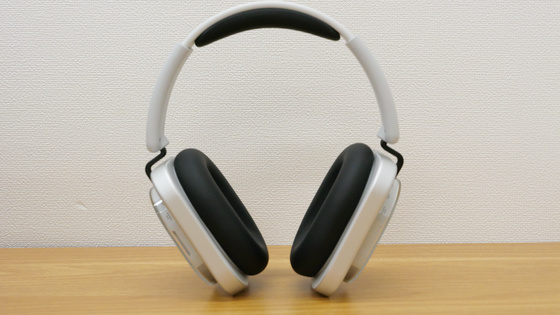
Below is a comparison of the size of the headphones (1) and the phones (3).
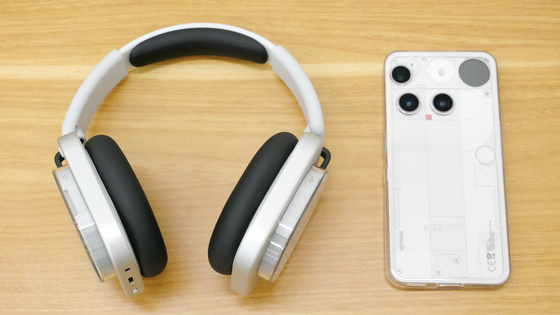
The headband has a soft cushion on the top of the head.
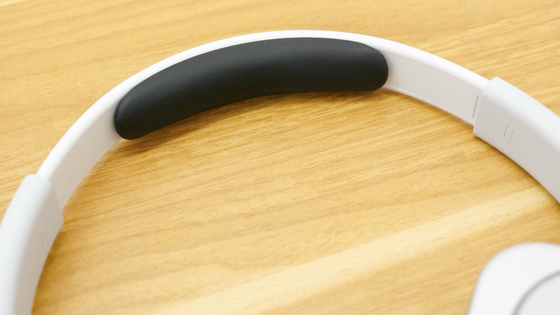
Inside the headband. The right side has the word 'right' written on it.
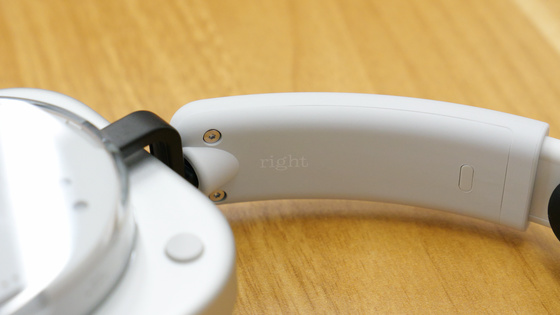
The right ear pad is square and features a geometric design, covered by a transparent cover. The control button is located at the top left.
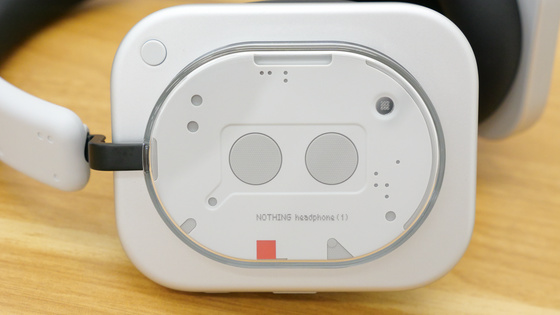
On the left side of the right ear pad, which faces backward when the earphones are worn, there is a 'roller' for controlling the volume and noise canceling, and a 'paddle' for skipping and fast-forwarding songs.
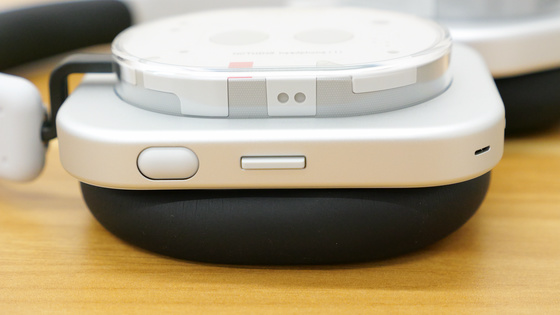
On the bottom are the power switch, USB-C port, and 3.5mm audio port.
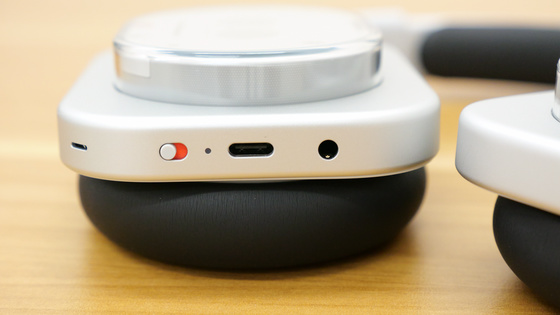
There is also a Bluetooth button on the inside of the right ear pad.
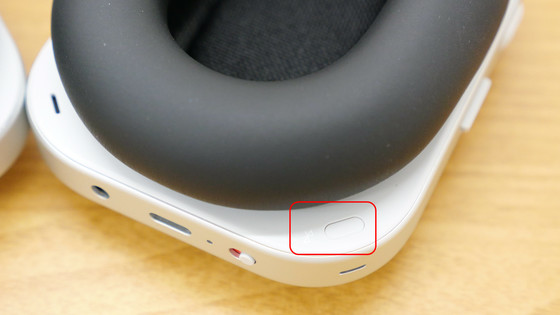
The left side of the headband is marked 'left'.

The left ear pad looks like this. There are no buttons.
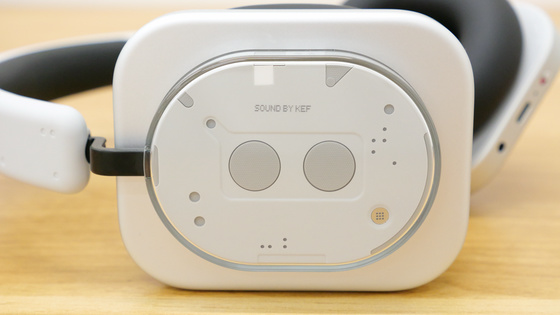
There are slits in the left and right ear pads for microphones to capture external sounds.
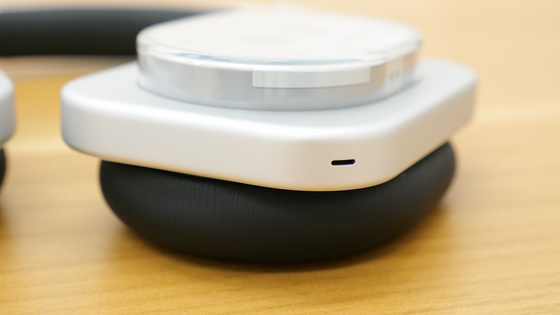
The ear cups that come into contact with the ears are oval cushions that feel soft and sink in. The outer diameter was measured at 95mm x 78mm, and the inner diameter was 57mm x 40mm.
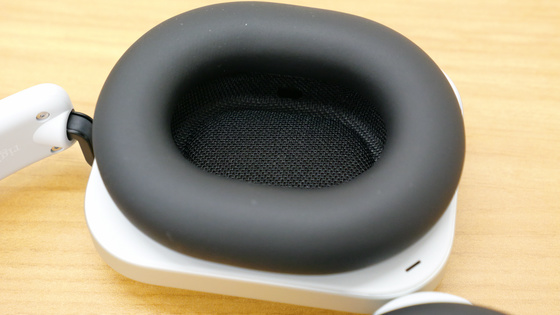
When you actually put on the headphones (1), it looks like wearing a cassette player on your ears. The ear cups completely cover your ears, providing a tight seal.
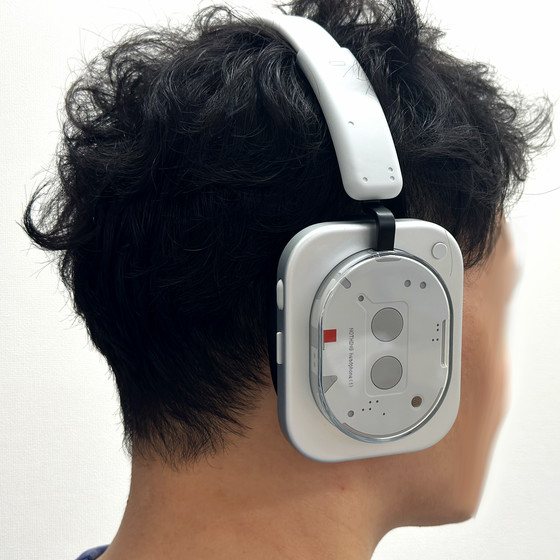
Next, I plan to write an article about my impressions of actually using the Phone (3) and Headphone (1), so please look forward to it.
The price of Nothing Phone (3) is 124,800 yen for the 12GB RAM + 256GB storage model, and 139,800 yen for the 16GB RAM + 512GB storage model. The price of Headphone (1) is 39,800 yen. Both are available in two colors: white and black.
[to be continued]
Related Posts:





